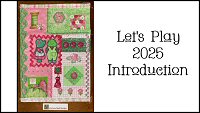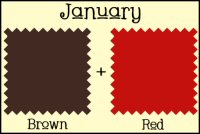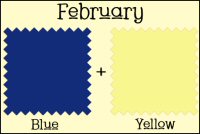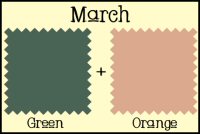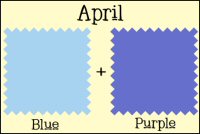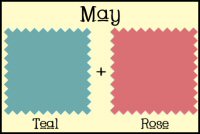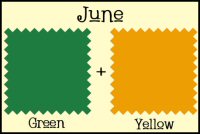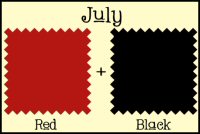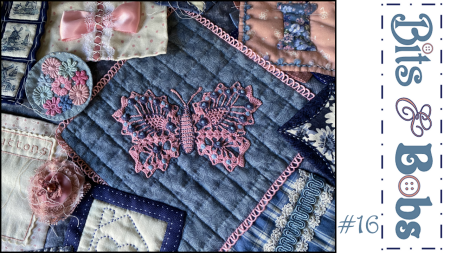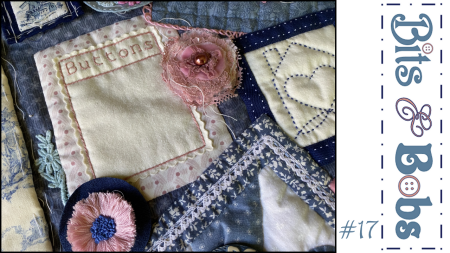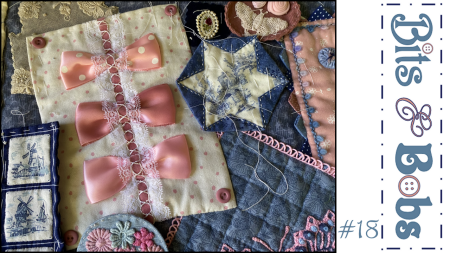 |
|
|||||||||
|
Free
Block of the Month - Let's Play 2025
Click
the button above Click
the button above Click
the button above
Each
month I'll post the two colours of fabrics we'll be playing with. Available here and on my YouTube Channel (@BenitaSkinner) every week!
Click
the button above
Click
the buttons below
Of
Special Note: I'm pausing the Let's Play mini quilts for a while, to continue
working on my Bits & Bobs collage quilt. I
plan/hope to come back and continue this fun series...
October Embroidery & Embellishing Inspiration
In the Sixteenth Bits & Bobs video I added the Crocheted Butterfly block! Click the button above to watch it.
I also uploaded a short video of the whole quilt here.
~~~~~ In the Seventeenth Bits & Bobs video I add the Pink Buttons Card and considered adding a lace collar. Click the button above to watch it. ~~~~~ In the Eighteenth Bits & Bobs video I add the Bows Block and I also add a few lace collars. Click the button above to watch it.
Sign Up for the newsletter to receive the email notice when there's the next part is posted. The information you send is for our files only! ~~~
|
||||||||||
|
~Members Only~
Content & Graphics © 2001~ Victoriana Quilt Designs All rights reserved. Unauthorized use is strictly prohibited. Welcome | Victoriana Quilters | Block of the Month | Pattern Page | Library | Membership Schoolhouse | Gallery | Sharing | Feedback & Links | Card Shoppe
|


